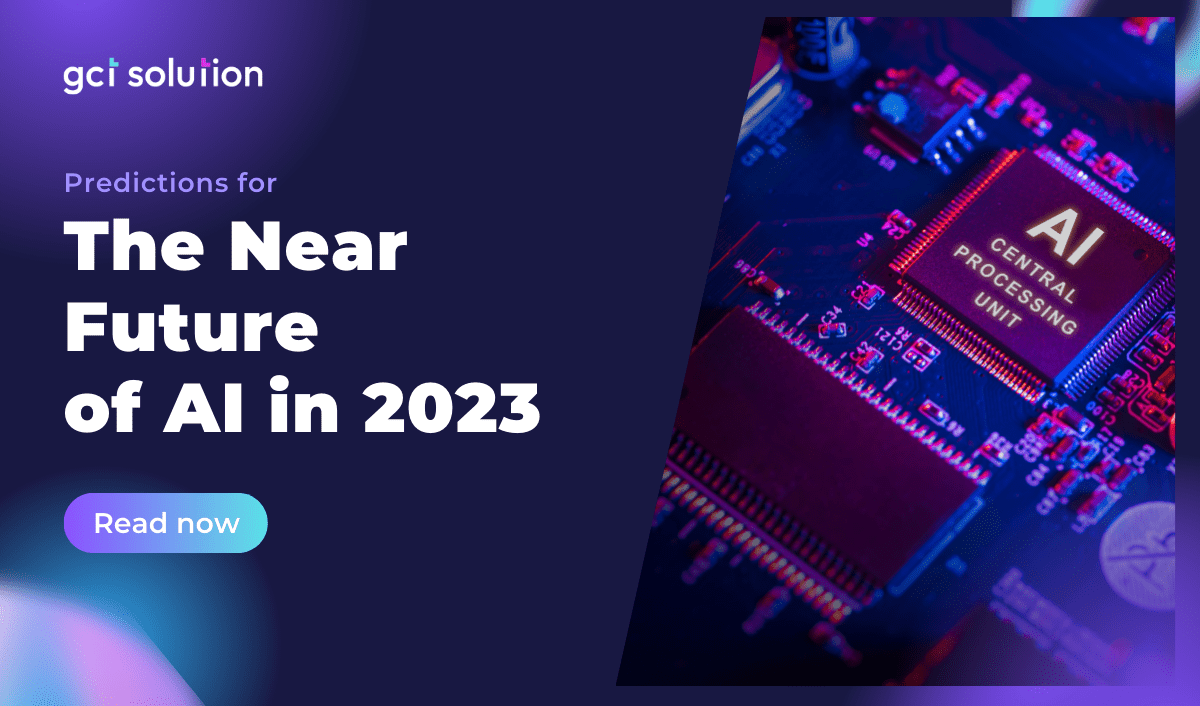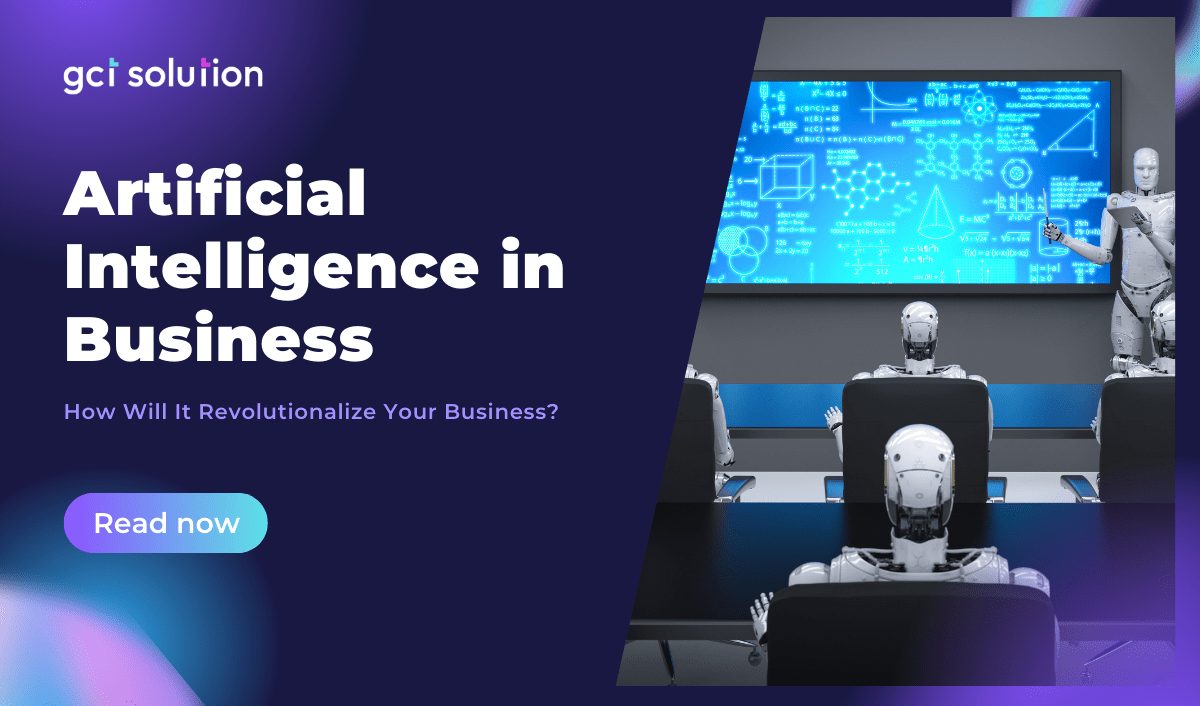TikTok has been banned on government devices in Australia and other Western countries due to concerns over its security risks. But is there any evidence to support these concerns?
Blockchain as a Service (Blockchain SaaS) – How Does It Work?
Blockchain technology has been gaining popularity in recent years for its ability to revolutionize the way transactions are made and records are kept. According to a report by MarketsandMarkets, the global BaaS market size is expected to grow to USD 15,455.0 million by 2023, at a CAGR of 90.1% during the forecast period. With its decentralized nature and high level of security, blockchain has the potential to transform various industries, from finance to supply chain management. However, despite its promising features, implementing blockchain technology can be costly and time-consuming. This is where Blockchain as a Service (BaaS) comes in, providing a more accessible and cost-effective way for businesses to adopt and leverage blockchain technology.
Private Blockchain vs Public Blockchain: How to Differentiate?
Blockchain technology has revolutionized the way we conduct transactions, store data, and manage information. Recently, a survey conducted by Deloitte found that 53% of executives believe that blockchain technology has become a critical priority for their organizations. With its decentralized and tamper-proof nature, it has emerged as a powerful tool for industries like finance, healthcare, logistics, and more. However, not all blockchains are the same. There are two broad categories of blockchains: private and public. In this blog, we will explore the differences between these two types of blockchains and provide examples to illustrate their applications.
Blockchain Cybersecurity: The Solution for Cybersecurity Challenges
Blockchain cybersecurity has recently emerged as a breakthrough solution for the increasing threat of cyber attacks. According to a report by MarketsandMarkets, the blockchain cybersecurity market is expected to grow from $90.4 million in 2020 to $1.4 billion by 2026, representing a compound annual growth rate (CAGR) of 58.9%. This underscores the urgent need for businesses and individuals to take proactive steps to safeguard their digital assets. In this blog, we will explore the emergence of blockchain as a potential solution to the cybersecurity challenges, the leading blockchain security company, and how blockchain technology can revolutionize cybersecurity.
Blockchain Infrastructure: The Key to Blockchain Technology Success
Blockchain technology has come a long way since its inception in 2008. Today, it is used in various industries and applications, ranging from finance to supply chain management, and even gaming. However, the success of blockchain technology largely depends on its infrastructure. Blockchain infrastructure refers to the underlying technical framework that supports the functioning of blockchain networks. In this article, we will discuss what blockchain infrastructure is, the types of blockchain infrastructure, why blockchain needs an infrastructure, and how to build a blockchain infrastructure.
Oracle Blockchain: A Game-changer in The Blockchain Industry
In recent years, the blockchain industry has experienced unprecedented growth, and the use of oracles has played a significant role in this development. According to a report by MarketsandMarkets, the global blockchain market size is projected to reach USD 39.7 billion by 2025, with a CAGR of 67.3% during the forecast period. Oracles, which act as bridges between blockchain networks and external data sources, have emerged as essential components that enable the blockchain to operate in the real world. Oracle Blockchain, a powerful tool that provides tamper-proof inputs and outputs for smart contracts, has become a game-changer in the industry, allowing for more complex and diverse applications. In this blog, we will delve deeper into the concept of Oracle on a blockchain, examine an example of an Oracle Blockchain, and discuss its importance. We will also explore the leading blockchain oracle and how oracles generate revenue. Let’s get started!
Twitter’s New Doge-y Logo – Late April Fool’s Prank or a Strategy to Manipulate Cryptocurrency?
The Twitter iconic bird logo has been replaced with none other than the doge meme, featuring a Shiba Inu dog with a cheeky expression.
Predictions for the Near Future of AI in 2023
Artificial Intelligence (AI) is no longer a buzzword, nor is it a technology that is limited to the realm of science fiction. It is a rapidly growing field that has the potential to revolutionize the way we live and work. In the past few years, we have seen AI-enabled systems make significant progress in various domains such as healthcare, finance, transportation, retail, and more. But, what does the future hold for AI? In this blog post, we will explore some predictions for the future of AI and the likely impact of this technology on our lives.
Chatbot in Artificial Intelligence: A Comprehensive Guide
In the past few years, chatbots have become increasingly popular among businesses and individuals alike. With advancements in artificial intelligence, chatbots have become more intelligent and efficient than ever before. A chatbot is essentially a computer program designed to simulate human conversation, which can be used for a variety of purposes, including customer service, sales, and marketing. In this blog, we will explore what chatbots are, how they work, and their potential benefits for businesses.
Artificial Intelligence in Business: How Will It Revolutionalize Your Business?
Artificial intelligence (AI) is a technology that has revolutionized the way we think about data analysis, automation, and decision-making. It has transformed various industries, including businesses, by enhancing productivity, efficiency, and profitability. AI can be defined as a collection of algorithms, tools, and techniques that allow machines to learn from data and make intelligent decisions. In the context of business, AI can be used to automate routine tasks, improve customer service, and make better decisions. This essay explores what AI in business entails, provides real-world examples of AI applications in various industries, discusses the industries that use AI the most, weighs the pros and cons of implementing AI in business, and finally, examines the impact of AI on business.










